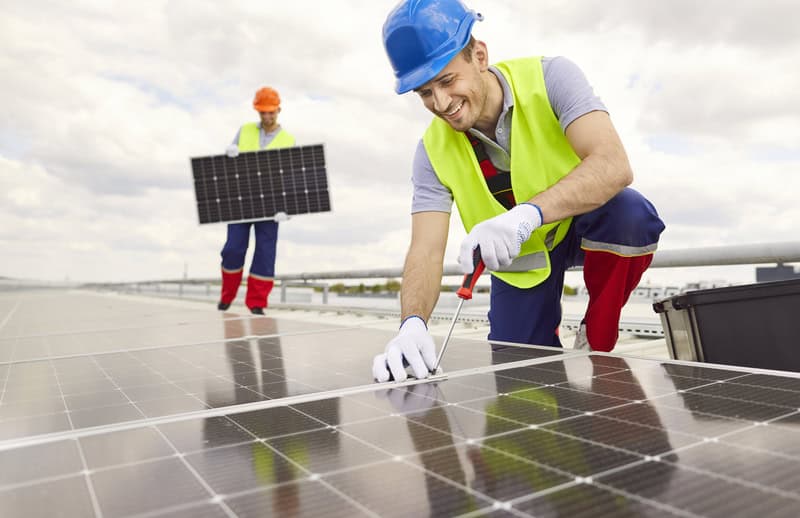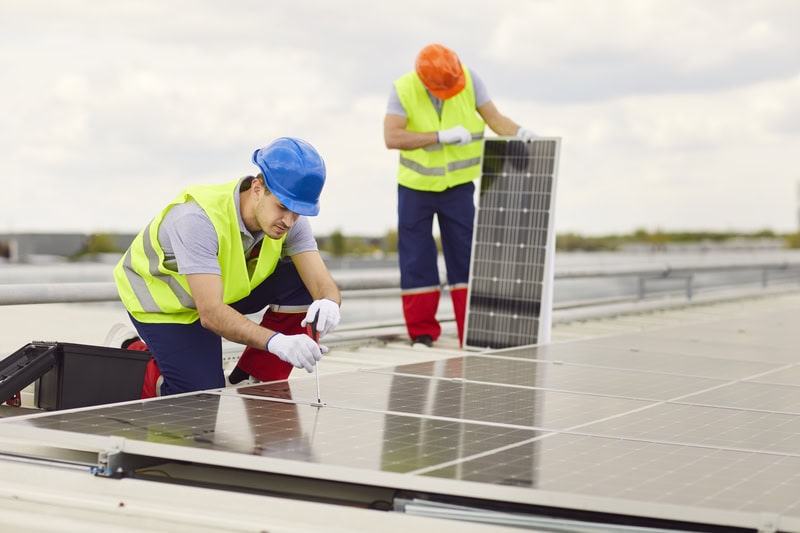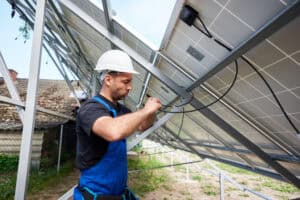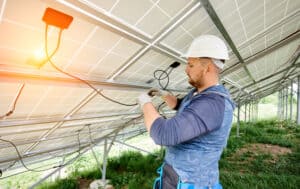
Table of Contents
What Are Solar Farm Remediation Services?
Solar farm remediation services refer to the structured and environmentally responsible process of decommissioning a solar energy site once it reaches the end of its lifecycle or when the equipment becomes obsolete. This involves safely dismantling solar infrastructure, recycling materials, restoring land, and ensuring compliance with environmental regulations.
A Vital Phase in the Solar Lifecycle
While solar installation garners much attention, decommissioning is equally important. Neglecting the remediation phase can result in land contamination, legal penalties, and missed opportunities for future land use.
When and Why Solar Farms Need Remediation
Solar farms often require remediation due to aging equipment, poor system performance, expiring land leases, or regulatory pressures. Without solar farm remediation services, these sites can become environmental liabilities instead of assets.
Components of Comprehensive Solar Farm Remediation Services
Detailed Site Inspections and Reporting
JMS Energy begins with a thorough inspection of the solar farm, evaluating panel condition, soil quality, water drainage, and any potential ecological risks. This helps formulate a detailed solar farm remediation services plan customized to each site.
Safe Equipment Removal and Material Recovery
Panels, racking systems, wiring, transformers, and inverters are safely dismantled and sorted for reuse or recycling. JMS Energy works with certified recyclers to minimize waste and maximize material recovery.
Grid Disconnection and Electrical Deactivation
Our experts handle the safe disconnection from utility grids and transformers. We follow NEC and OSHA standards to eliminate hazards and ensure electrical systems are decommissioned properly.
Ground and Soil Remediation for Reuse
JMS Energy restores the terrain by removing foundations, regrading, testing soil for contaminants, and reintroducing native vegetation—an essential part of long-term solar farm remediation services.
JMS Energy’s End-to-End Solar Farm Remediation Process
Step 1: Site Analysis and Risk Assessment
Every project starts with a custom environmental and infrastructure analysis to identify the safest and most cost-effective remediation path.
Step 2: Customized Decommissioning Plan
We create a structured project timeline and resource plan tailored to your site, budget, and future land use goals.
Step 3: Professional Execution and Monitoring
Our trained field crews execute the plan with minimal disruption to surrounding areas, while our project managers track every detail until the final closure report.
Compliance and Permitting in Solar Farm Remediation Services
Meeting EPA, State, and Local Regulations
Solar farm remediation services must adhere to strict guidelines regarding waste disposal, soil safety, and site restoration. JMS Energy manages all permits and ensures compliance from start to finish.
Managing Documentation and Closure Reports
We handle the required documentation, including decommissioning reports, recycling receipts, land restoration photos, and closure certifications.
Sustainability in Solar Farm Remediation Services
Panel Recycling and Resource Optimization
Up to 90% of most panel components are recyclable. JMS Energy ensures that glass, aluminum, and semiconductor materials are diverted from landfills to processing facilities.
Ecological Restoration and Biodiversity Support
When requested, we help transition sites into green spaces, pollinator habitats, or agricultural land—leaving a positive legacy after the solar project ends.
Solar Farm Repowering vs. Remediation
Key Differences and When to Choose Each
Repowering involves upgrading panels and equipment while maintaining the existing site. Remediation, on the other hand, removes the infrastructure entirely. JMS Energy offers honest assessments to help you choose the best path forward.
JMS Energy’s Assessment Approach
We evaluate solar efficiency, repair costs, lease terms, and energy pricing before recommending either repowering or solar farm remediation services.
Financial Considerations and ROI
Cost Drivers of Solar Farm Remediation Services
Factors include size of the site, volume of materials, distance to recycling centers, environmental cleanup needs, and project duration.
How JMS Energy Ensures Cost Efficiency
We streamline logistics, reclaim salvageable components, and manage permits efficiently—lowering total project cost without compromising quality.
Real-World Remediation Projects by JMS Energy
From Obsolete to Opportunity—Case Examples
In Texas, JMS Energy transformed a defunct 15-acre solar farm into usable farmland. In California, we decommissioned a site and repurposed it for wildlife preservation.
Lessons Learned and Best Practices Applied
Across projects, JMS Energy brings experience, adaptability, and a results-driven mindset that consistently exceeds client expectations.
Challenges in Delivering Solar Farm Remediation Services
Remote Locations and Heavy Logistics
Solar farms are often in rural areas, requiring advanced planning for equipment transport and workforce mobilization.
Managing Contaminated or Hazardous Components
Older batteries and inverters may require special handling. JMS Energy partners with licensed waste handlers to ensure compliance.
When to Initiate Solar Farm Remediation Services
Equipment Degradation and Energy Loss
Aging solar panels can drop below 70% efficiency. When maintenance becomes more expensive than replacement, it’s time to consider remediation.
Lease Expiration and Land Use Transitions
As leases approach expiration, property owners often look to either restore the land or redevelop it—making solar farm remediation services a necessary step.
FAQs: Solar Farm Remediation Services
Are solar panels recyclable after remediation?
Yes, most components like glass, aluminum, and silicon can be recycled.
Who pays for solar farm remediation services?
Typically, the project owner is responsible. JMS Energy offers transparent quotes to help plan accordingly.
How do I plan for remediation early in the project lifecycle?
Include a decommissioning plan at project inception. JMS Energy helps design forward-thinking strategies.
What happens to the land after remediation?
It can be returned to agriculture, sold, developed, or conserved based on the owner’s goals.
How long does JMS Energy take to complete a remediation project?
Anywhere from 4 weeks to 6 months, depending on scale and complexity.
Is remediation mandatory by law?
Yes, many states and lease agreements require formal remediation upon decommissioning.
Conclusion: Why JMS Energy is the Leader in Solar Farm Remediation Services

JMS Energy brings unmatched expertise, compliance knowledge, and sustainability practices to every solar farm remediation services project. We don’t just clean up—we prepare your land for a cleaner, more profitable future. Trust JMS Energy to guide you through this vital phase with care, precision, and environmental integrity.ut environmental stewardship, future planning, and responsible land use. With JMS Energy’s experienced team, you gain a trusted partner who understands the technical, regulatory, and environmental demands of solar farm remediation services. Whether you’re decommissioning or preparing to repower, JMS Energy ensures the process is efficient, compliant, and sustainable.
Want remediation, installation, or other renewable services today? Contact us here.





